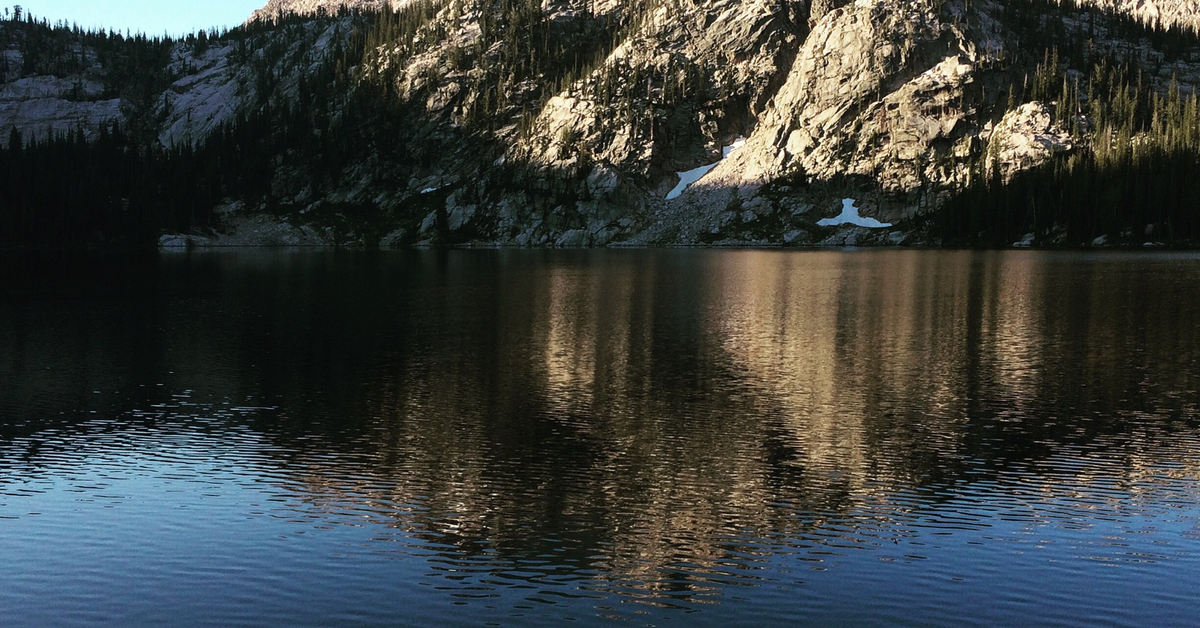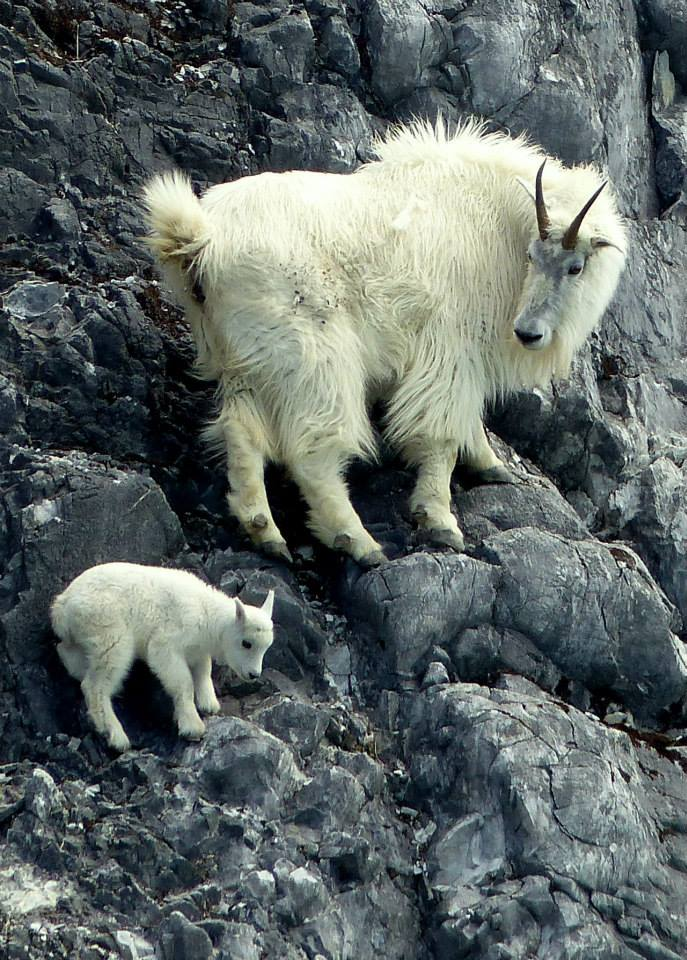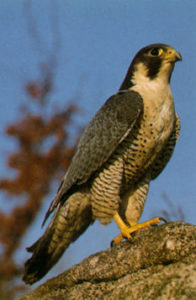
Rare Wildlife of Stanley
In every area, there is a specific animal that people come out to see. In Yellowstone National Park, people travel for their chance to see the grey wolf and American bison. In Alaska, people flock there in order to see the great sockeye salmon. The Everglades hold the endangered manatee for people to watch from a distance. So what do we have here in Stanley to encourage people to come and visit besides the amazing views?
Stanley is the hub for many species of animals, but the vast majority of these animals stay hidden and remain deep in the forest or high in the mountains. In order to see these animals, one would have to travel deep into the back country, and hope for good fortune to find these elusive creatures. This week we are going to talk about a few of these animals, and give some details that maybe you never knew before. Let’s start with an animal we have all heard about before, the mountain goat (Oreamnos americanus). These goats enjoy living in extreme conditions high up in the rocky outcrops of the mountains. They gingerly hop from rock to rock with limited fear of falling off the cliffs. Their hooves are spread wide apart in order to increase their balance when they are perched on the rocks. They have an extremely fluffy white coat in the winter time in order to stay warmer through the bitter winds and biting cold temperatures. In the summer, they shed this extra layer, and at this time, they can appear ill, but do not worry! They are completely okay! Nannies give birth to one kid in the spring time, and that kid has to be up and running within minutes in order to survive. Both the billies and the nannies have horns with mountain goats, and there are only small differences in the horns that help tell the difference between the sexes. Even professionals have a hard time sometimes!

Photo Credit: gizmodo.com. Along with the mountain goat there is another elusive creature that only a few have seen. The bighorn sheep (Ovis Canadensis) is another creature that loves to live in high elevation areas. With this sheep, it is only the males, or rams, that have horns. These horns can weigh an incredible 30 pounds!! That’s equivalent to carrying 4 one gallon milk jugs on your head! These sheep can live up to 15 years in the wild and can weigh up to 250 pounds. The rams and ewes are generally only seen together to mate, in which the ewe will give birth to one or two lambs a year.

Photo Credit: National Geographic
There are people who come to us multiple times a year and say that they have spotted a wolverine in their yard. The great majority of the time, it is not a wolverine, but a badger! A wolverine (Gulo gulo) is a close cousin of the American badger, but there are some key features to tell the two apart. Wolverines have a tan stripe down the side of the body and there is a tan “mask” across its face. The rest of the fur is a dark chocolate brown color. These are small creatures, 26-34 inches long, that have been documented to attack creatures much larger than they are. They are opportunistic eaters, which means they will really go after anything. Small prey, such as rabbits and rodents, are easy for them to capture. They also eat carrion and will at times eat berries and some plants in the summer time, although not a lot.

Photo Credit: National Geographic
Although there are so many mammals here in the Sawtooths that we may not see often, there are also many other animals, such as some birds, that are rare to find as well. Peregrine falcons (Falco peregrius) are fierce little birds that stand no more than 19 inches high. However, their wingspan is well over three feet wide. They prefer wide open spaces so their piercing eyes can see the quick movements of small rodents. Once they spot their prey, they can go into a deep dive that, at times, can be faster than 200 miles per hour! For this reason and their strong eyesight, they have been used for many decades in falconry and for hunting purposes. The peregrine falcon is a brightly colored bird, and if you are lucky you may be able to see them on tall electric poles and tree snags overlooking open grassy areas.

Photo Credit: Nature's Guardian
The final animal that we are going to talk about is another bird. Many of you may know this bird as Woody Woodpecker from Saturday morning cartoons. The pileated woodpecker (Dryocopus pileatus) is a long and slender woodpecker with a bright red mohawk. It also has a black mask with white stripes down to its shoulders. This woodpecker is actually omnivorous, which means it eats both plants and animals. Although its staple food source is beetle larvae and ants from the trees, it can supplement its diet with various berries and nuts. These creatures are very hard to find in the Sawtooth area, but keep your eye out for them, as they enjoy treats from both deciduous and coniferous trees.

Photo Credit: Audubon Association
All of the animals that we talked about here are species of concern, threatened species or endangered species with the United States Forest Service. If you see any of these species, feel free to help them out and report your sighting here with Nature Watch! http://www.fs.fed.us/naturewatch/ . All information is welcomed, but please use your resources before you report anything to ensure as close to an accurate report as possible! Keep your eyes and ears open for these creatures, for they are all a part of Stanley in one way or another.